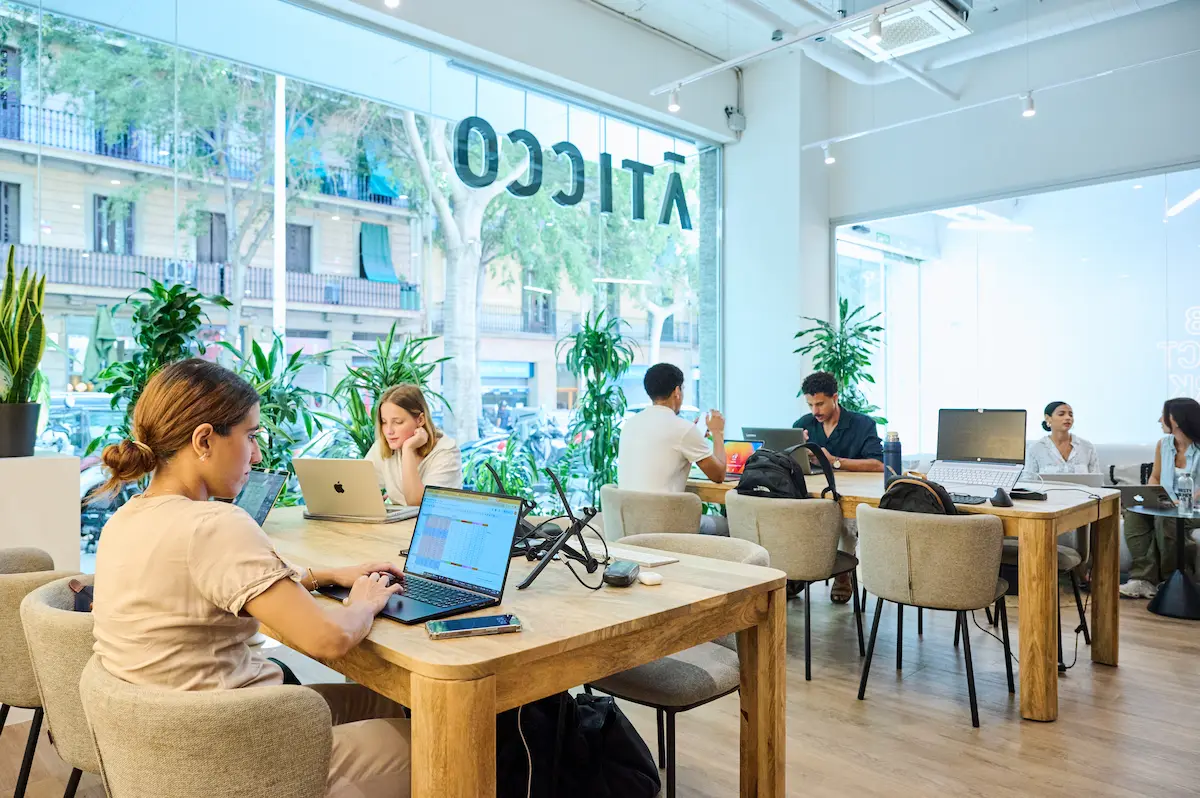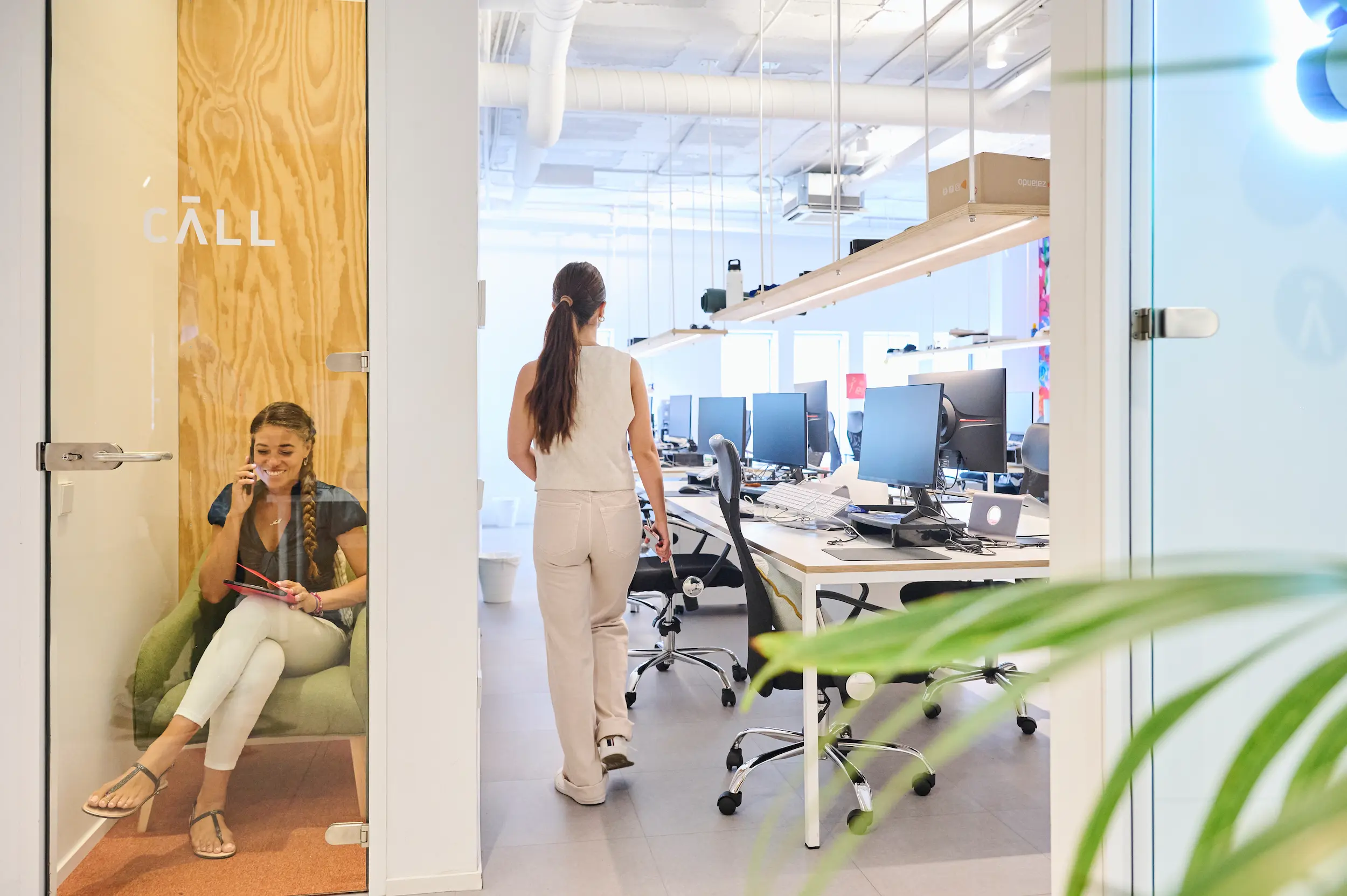Occupational health: how to improve well-being in the work environment

At Aticco, we believe that the ideal work environment not only drives productivity, but also prioritizes people's well-being. In a world where flexible models, shared offices and hybrid work are all the rage, workplace occupational health becomes a fundamental pillar for the success of any modern company. But what does this concept really mean and how can we apply it in practice?
What is occupational health and why is it important?
Occupational health refers to the set of practices, measures and conditions that seek to protect and improve the physical, mental and social state of people in their professional environment. This comprehensive approach goes beyond accident prevention: it focuses on creating a corporate culture that favors the occupational well-being in all its dimensions.
Investing in occupational health and safety not only improves the quality of life of teams, but also reduces absenteeism, increases engagement and fosters a culture of innovation and collaboration.
Main occupational hazards and how to prevent them
Although occupational hazards may vary by industry, some common risk factors include:
- Inadequate posture and prolonged use of screens
- Chronic stress and excessive mental workload
- Poorly ventilated or poorly lit environments
- Lack of active breaks or movement
To prevent these risks, it is essential to implement safety protocols, train teams and adapt workspaces to the real needs of people.
Strategies to improve physical and mental health at work
An effective occupational health strategy must be holistic and constant. Some recommendations that we apply in Aticco 's spaces and that can be adapted to any company are:
- Encourage active breaks and physical activity with access to common areas or organized activities.
- Facilitate access to mental health resources such as coaching or mindfulness sessions.
- Promote flexible schedules and open internal communication
- Promote wellness events such as workshops on nutrition, mobility or emotional management.
These practices not only improve team health, but also consolidate a people-centered work culture.
The importance of ergonomics and healthy office design
At Aticco we know that design directly influences the work experience. That is why our coworking spaces and offices are designed under ergonomic principles, natural light, adequate ventilation and rest areas.
A well thought-out environment can reduce physical discomfort, prevent postural injuries and increase user satisfaction. Incorporating ergonomic furniture, adjustable chairs, height-adjustable tables and relaxation areas is essential for building healthy offices.
How to foster a corporate culture based on well-being
Organizational culture plays a key role in occupational health. Companies that prioritize wellness from the management level generate more committed, creative and sustainable teams over time.
Some key actions to achieve this include:
- Actively listen to employees
- Regular measurement of the work environment
- Recognize individual and collective achievements
- Integrate continuous training and personal development programs
At Aticco, we believe that wellness is not a trend, but a necessity. And that's why we create spaces that inspire, connect and adapt to the lifestyles of innovative people and companies.
Want to know how our flexible spaces can help improve the occupational health of your team? Find out at Aticco and transform the way you work.
Frequently asked questions about occupational health
What are the main risk factors at work?
The most common include stress, poor posture, lack of movement, exposure to screens and a poorly conditioned physical environment.
What practices help reduce stress in the workplace?
Active breaks, flexible schedules, pleasant environments, access to mental health resources and group activities are key to reducing stress.
How to implement wellness programs in a company?
Active listening, needs analysis, specific training, design of appropriate spaces and monitoring of results are the pillars for successful implementation.



